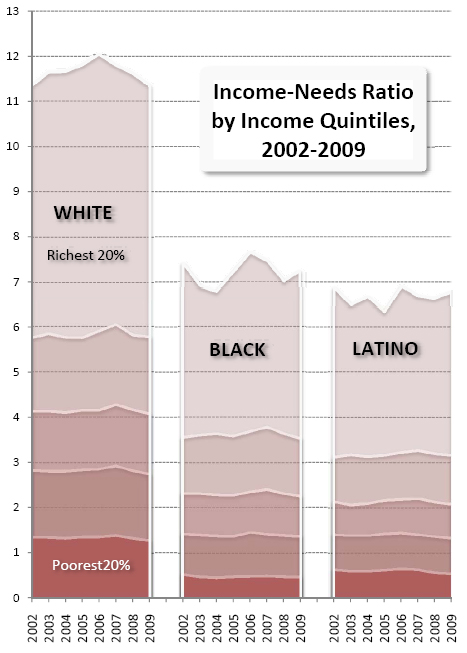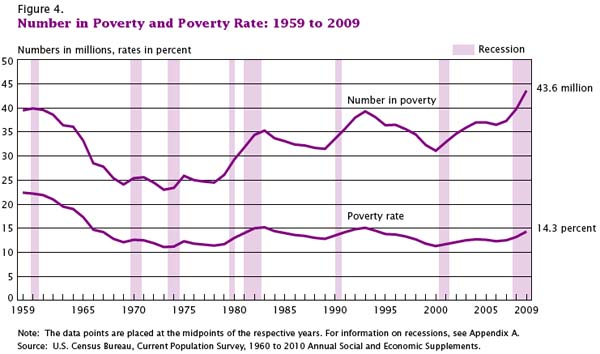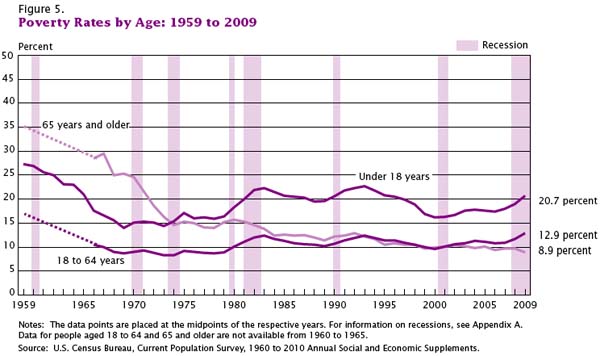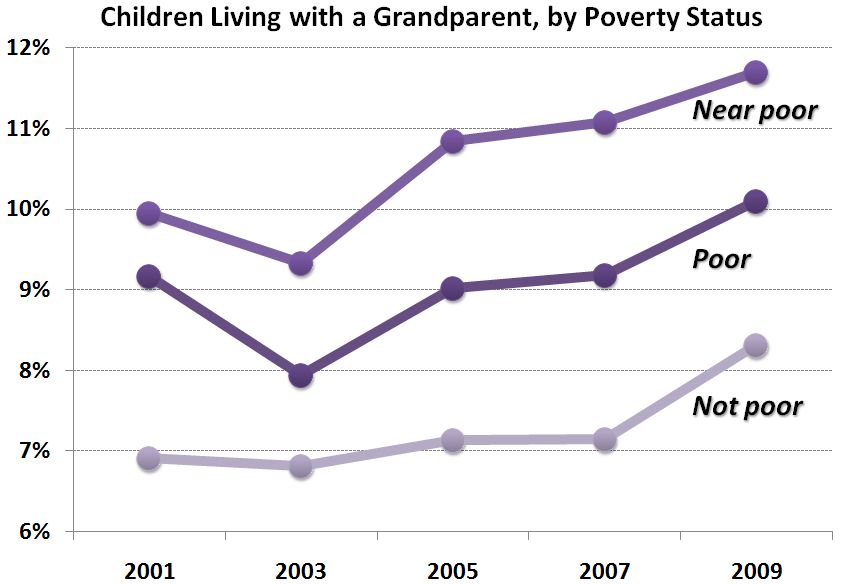In Afghanistan, girls are not supposed to obtain an extensive education, be in public without a male chaperone, or work outside the home. This is typically discussed as a burden for girls and women but, as an article in the New York Times sent in by Dmitriy T.M. explains, it can also be a burden on families. Families with sons can send all of their children out in public with the boy as a chaperone. This is useful for the whole family: the girls get more freedom and the parents can send their children on errands, to school, or on social visits without their supervision. Since boys can also work outside the home, boys can be a source in extra income for a family. Families with all girls, then, are not only pitied from a social perspective (because girls are devalued compared to boys), but from a practical perspective (because gendered rules make daily life more difficult).
One solution is to bend the rules. Journalist Jenny Nordberg explains that some families without sons pick a girl-child to be a boy. One day they cut her hair, change her name, and put her in boy clothes. They then send her out into the world as a boy. er mother explains:
People came into our home feeling pity for us that we don’t have a son… And the girls — we can’t send them outside. And if we changed Mehran to a boy we would get more space and freedom in society for her. And we can send her outside for shopping and to help the father.
Her father concurs:
It’s a privilege for me, that she is in boys’ clothing… It’s a help for me, with the shopping. And she can go in and out of the house without a problem.
The practice isn’t new, but long-standing.
Nordberg is unsure how many families do this, but it is common enough that most people are unsurprised when a biological girl suddenly becomes a social boy before their very eyes. Teachers have become accustomed to such sudden shifts. Relatives, friends, and acquaintances accept and participate in the farce. There is even a name for this kind of child, “bacha posh,” which translates into “dressed up as a boy.” Later, when the child reaches puberty, she typically becomes a girl again. Meanwhile, the family might choose a younger sibling to take over her role.
One of the interesting things about this, from a sociological perspective, is how easy it turns out to be to break these extremely rigid gender rules. If the family simply decided that their daughter should be able to go outside without supervision, get higher education, work outside the home, and interact as an equal with men, it would be a slap in the face of the gender regime. By dressing her a boy, however, they are effectively nodding to the rules, even as they break them. They are saying, “Yes, it is true that girls should not be able to do these thing,” but we need a boy in the household for social and practical reasons. And, because other Afghanis understand, they are willing to look the other way.
These sorts of adaptations are often lost when we hear about the cultural rules in places we deem oppressive. People in these narratives often seem unbelievably oppressed. Often they are living under extreme conditions, but it’s important to also be exposed to the ways in which individuals find ways to wrest autonomy from rigid rules through ingenuity and creativity. This wresting of autonomy, further, is often part and parcel of the culture, allowing for far more flexibility than outside observers are sometimes capable of seeing.
Lisa Wade, PhD is an Associate Professor at Tulane University. She is the author of American Hookup, a book about college sexual culture; a textbook about gender; and a forthcoming introductory text: Terrible Magnificent Sociology. You can follow her on Twitter and Instagram.















